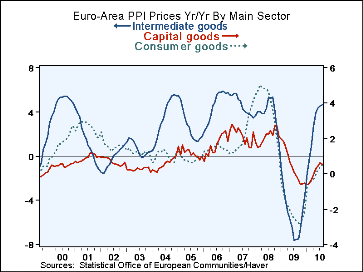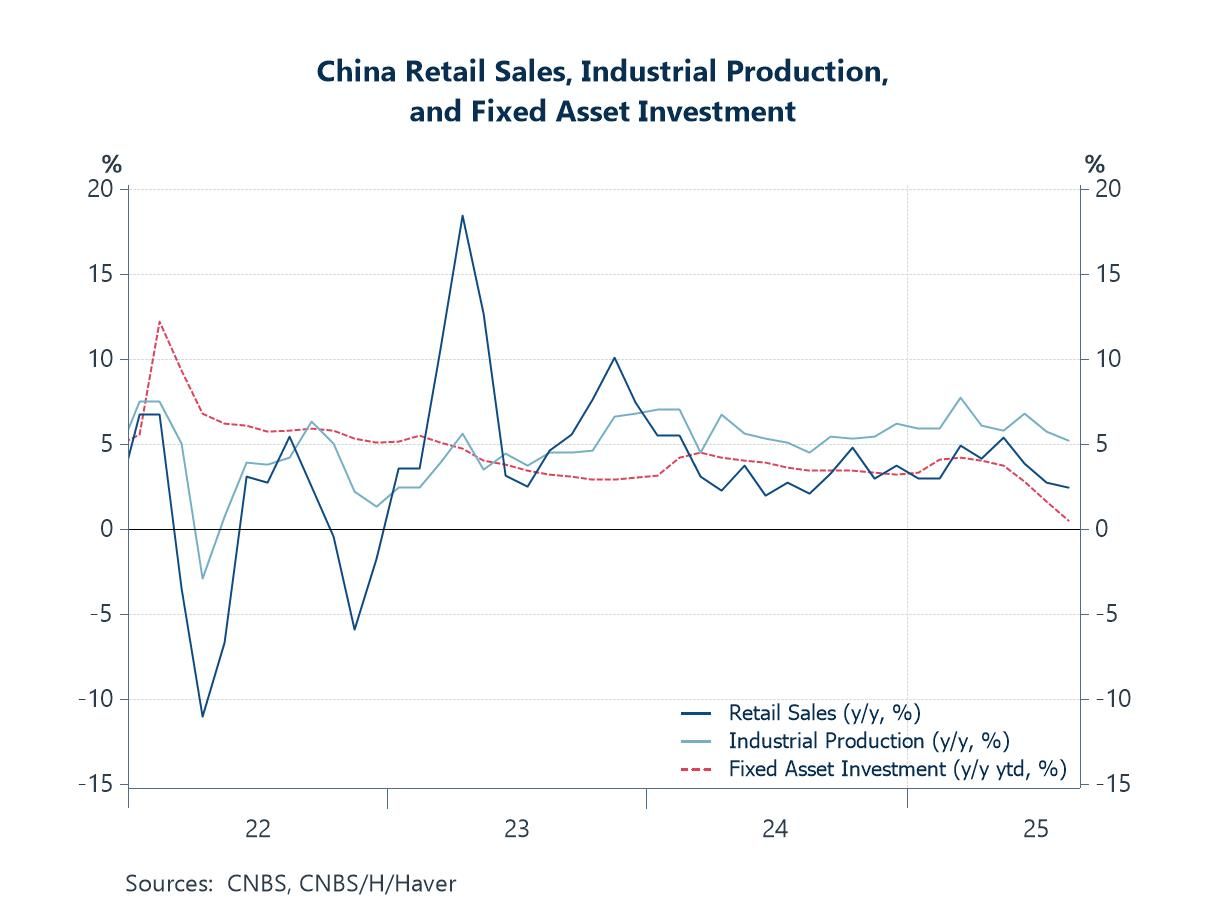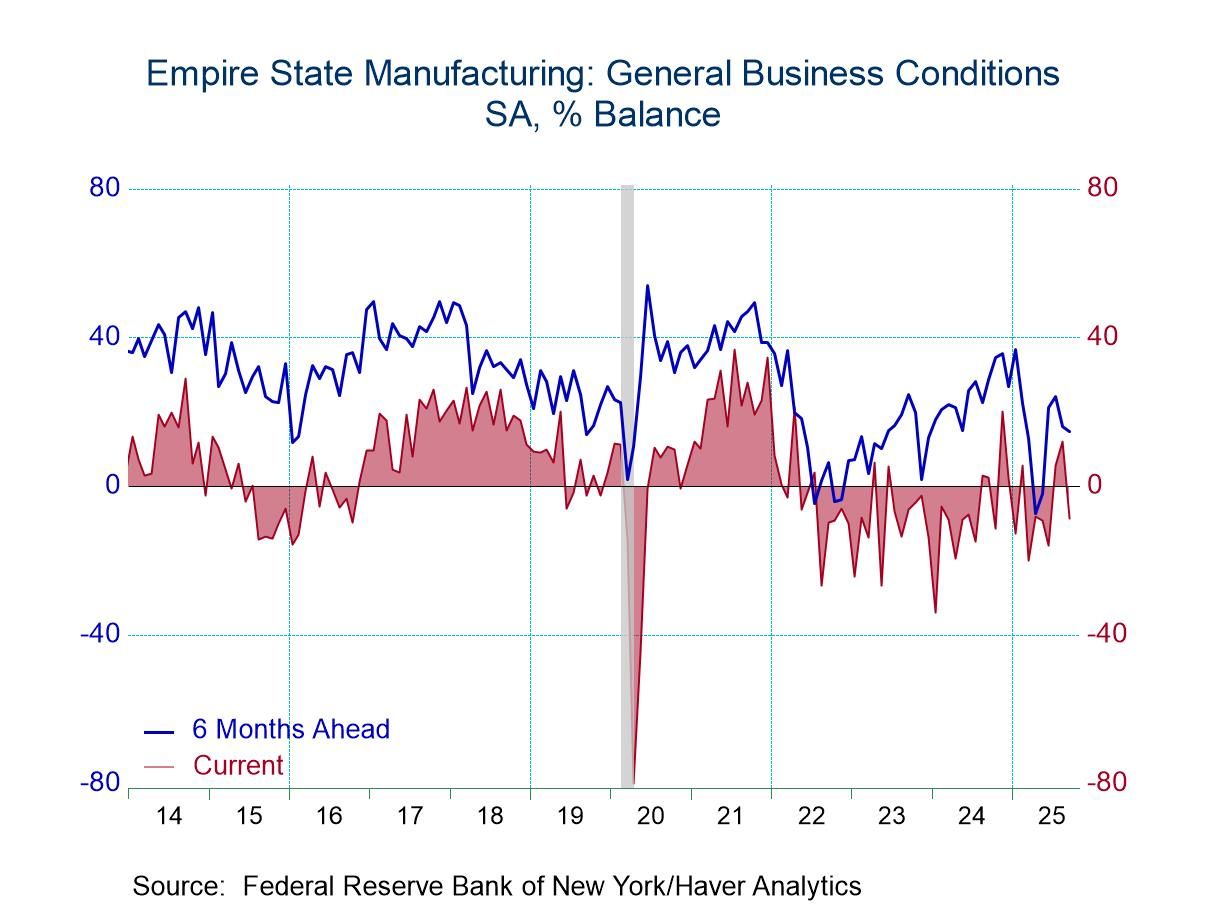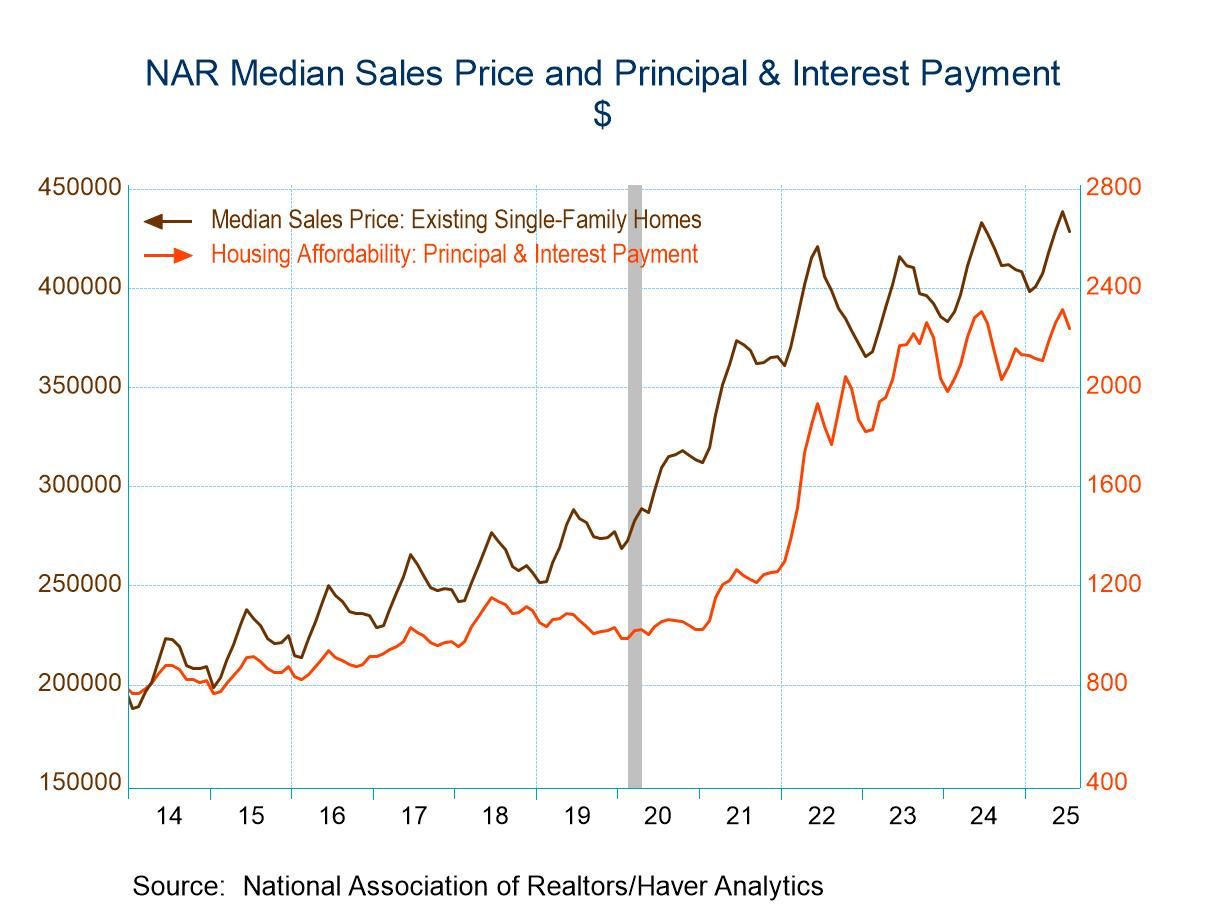 Global| Oct 04 2010
Global| Oct 04 2010Euro-Area PPI Stops Accelerating
Summary
The Euro-Area PPI has stopped accelerating in August. The Yr/Yr rate dropped to 3.5% from 4%. The sequential growth rates show steadily diminishing momentum for inflation. Capital goods and intermediate goods inflation rates are lower [...]
 The Euro-Area PPI has stopped accelerating in August. The Yr/Yr rate dropped to 3.5% from 4%. The sequential growth
rates show steadily diminishing momentum for inflation. Capital goods and intermediate goods inflation rates are lower
over three-months compared to six or twelve-months. MFG inflation trends show PPI prices headed into a state of decline
over the last three-months. This report says that although the industrial sector has been one of the hottest in the
Euro-Area there is no inflation brewing there.
The Euro-Area PPI has stopped accelerating in August. The Yr/Yr rate dropped to 3.5% from 4%. The sequential growth
rates show steadily diminishing momentum for inflation. Capital goods and intermediate goods inflation rates are lower
over three-months compared to six or twelve-months. MFG inflation trends show PPI prices headed into a state of decline
over the last three-months. This report says that although the industrial sector has been one of the hottest in the
Euro-Area there is no inflation brewing there.
Although intermediate goods inflation is clearly at an uncomfortable spot at 4%, that is the sector most wracked by commodity prices where pressures have continued globally. Once this category is weighted and ground into the mix of the overall PPI the pace of inflation from commodities does not lift the PPI in a way that is uncomfortable.
Realizing that the PPI is more volatile than the CPI and that when the economy is in an upswing and that the PPI is going to be moving faster than the CPI in that upswing, is necessary to put the PPI in its proper context. Having said that, the PPI's speed Yr/Yr at 3.5% and decelerating is not so strong-looking. The PPI is in fact more than twice as volatile than the Euro-Area's HICP which the ECB does place a ceiling on for policy purposes. Much of the PPI's upward and downward movements are never embedded in the CPI itself. The PPI bears a correlation of less than 0.2 with the HICP. Since, the PPI growth rate is already decelerating there is less to worry about in terms of how much this pressure will pass along to consumer prices.
On balance the withering trends of the PPI and its main components are reassuring signals on inflation even if some the levels of the readings for PPI inflation are less than ideal. Inflation should not be a big issue for the ECB judging by this report.
| Euro-Area and UK PPI Trends | ||||||
|---|---|---|---|---|---|---|
| M/M | Saar | |||||
| Euro-Area | Aug-10 | Jul-10 | 3-Mo | 6-MO | Yr/Yr | Y/Y Yr Ago |
| TotalxConstruct | 0.0% | -0.1% | 0.0% | 2.6% | 3.5% | -7.6% |
| Capital Gds | -0.1% | 0.0% | 0.2% | 1.0% | 0.5% | -0.1% |
| Consumer Gds | 0.1% | 0.1% | 1.1% | 1.0% | 0.5% | -2.7% |
| Intermediate | 0.2% | -0.1% | 0.7% | 5.4% | 4.6% | -7.5% |
| MFG | 0.3% | -0.4% | -1.3% | 1.5% | 3.2% | -7.1% |
| Germany | ||||||
| Gy ExEnergy | 0.4% | 0.1% | 2.7% | 3.7% | 2.5% | -3.3% |
| France:Tot | ||||||
| Fr ExF&Energy | 0.0% | -0.3% | -1.1% | 1.1% | 1.7% | -3.7% |
| Italy | 0.3% | -0.4% | -2.9% | 0.9% | 3.4% | -7.5% |
| UK | 0.3% | 0.1% | 0.0% | 2.6% | 4.7% | -0.4% |
| Euro-Area Harmonized PPI ex construction | ||||||
Robert Brusca
AuthorMore in Author Profile »Robert A. Brusca is Chief Economist of Fact and Opinion Economics, a consulting firm he founded in Manhattan. He has been an economist on Wall Street for over 25 years. He has visited central banking and large institutional clients in over 30 countries in his career as an economist. Mr. Brusca was a Divisional Research Chief at the Federal Reserve Bank of NY (Chief of the International Financial markets Division), a Fed Watcher at Irving Trust and Chief Economist at Nikko Securities International. He is widely quoted and appears in various media. Mr. Brusca holds an MA and Ph.D. in economics from Michigan State University and a BA in Economics from the University of Michigan. His research pursues his strong interests in non aligned policy economics as well as international economics. FAO Economics’ research targets investors to assist them in making better investment decisions in stocks, bonds and in a variety of international assets. The company does not manage money and has no conflicts in giving economic advice.






